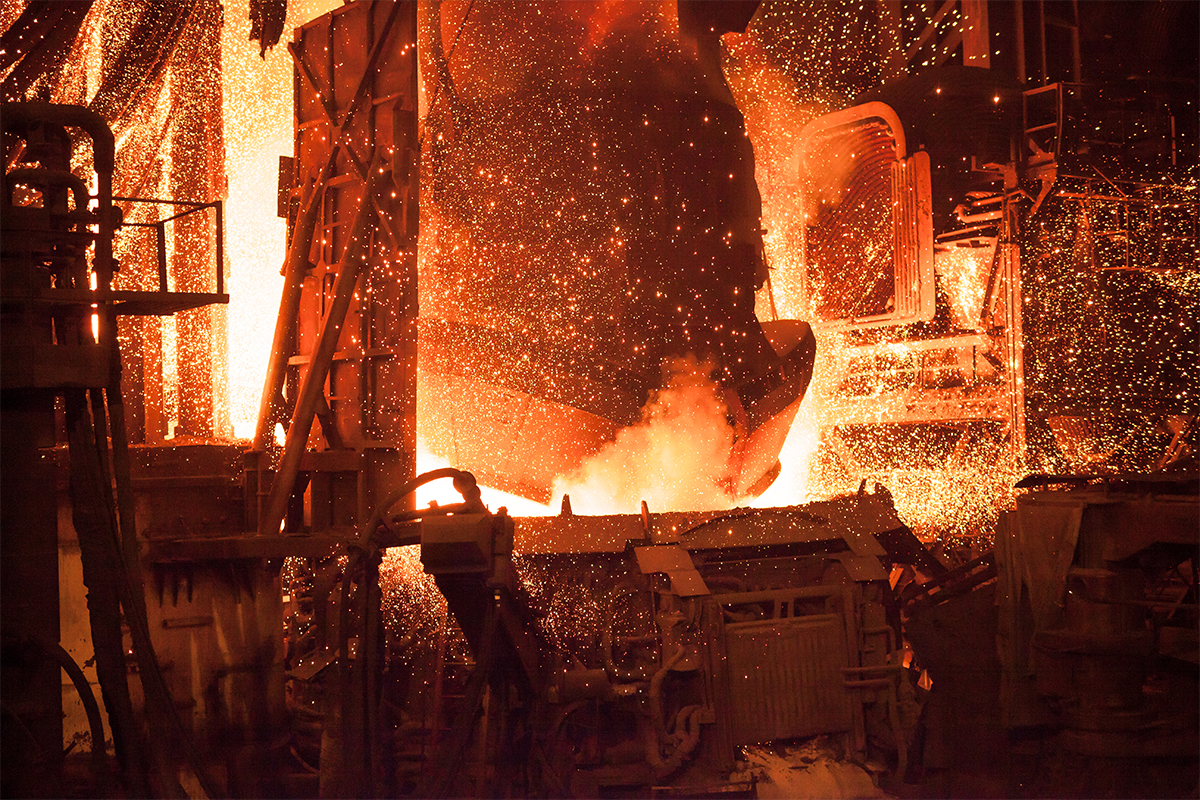News
Decision to extend EU steel safeguard will worsen pressure on costs

29 June 2021
The European Commission has officially extended the steel safeguard measures for a further three years. The decision will add to cost pressures for wind turbine and component manufacturers.
The steel safeguard measures impact two categories of importance to the European wind industry: heavy plate (category 7), used in the fabrication of steel wind towers, and non-grain-oriented electrical steel (NGOES, category 3B), used in motors and generators.
The EU’s decisions to extend the measures by three years (rather than one) and to subject quota volumes to an annual increase of just 3% raise serious questions about its strategic commitment to the economic sustainability of steel users such as the European wind industry.
“Steel prices have increased dramatically over the past year. In some cases they have doubled. Steel is the single most important raw material for the European wind industry. Higher steel prices increase the costs of making towers, gearboxes, nacelles, transformers, and offshore foundations. Last week’s decision to extend steel safeguard measures is unhelpful for a rapid and cost-effective energy transition to renewables”, says WindEurope Chief Policy Officer Pierre Tardieu.
In addition to steel, prices of copper and resins are also up sharply. As are shipping costs, putting pressure on the global supply chains on which the European wind industry relies.
In the medium-term additional costs may be passed on down the supply chain to developers, though this will make it more difficult to deliver continued reductions in electricity prices.
However, in the short-term component and wind turbine manufacturers will have to absorb these additional costs. Cumbersome national permitting processes mean there is a shortage of projects for wind industry manufacturers. This is putting pressure on margins as seen in the financial reports of the publicly listed wind turbine manufacturers.
The economic sustainability of the European wind industry is at risk. Higher costs mean less capital available to invest in state-of-the-art manufacturing and research & development. Under-investment in these areas could cause the European industry to lose the global race for technology leadership in wind energy.
WindEurope calls for a more holistic approach to trade policy that better supports the interests of future-proof green industries such as wind energy.

